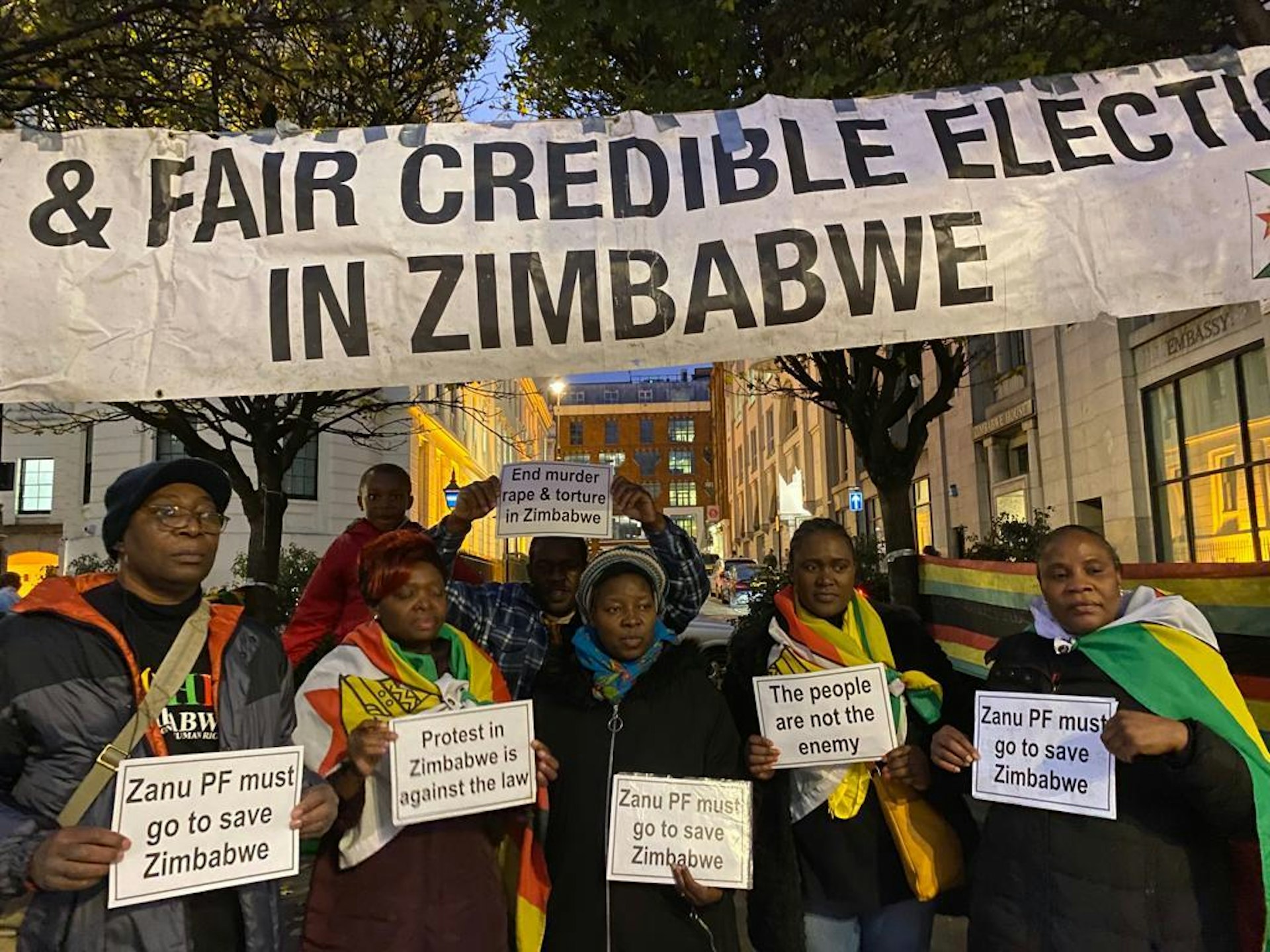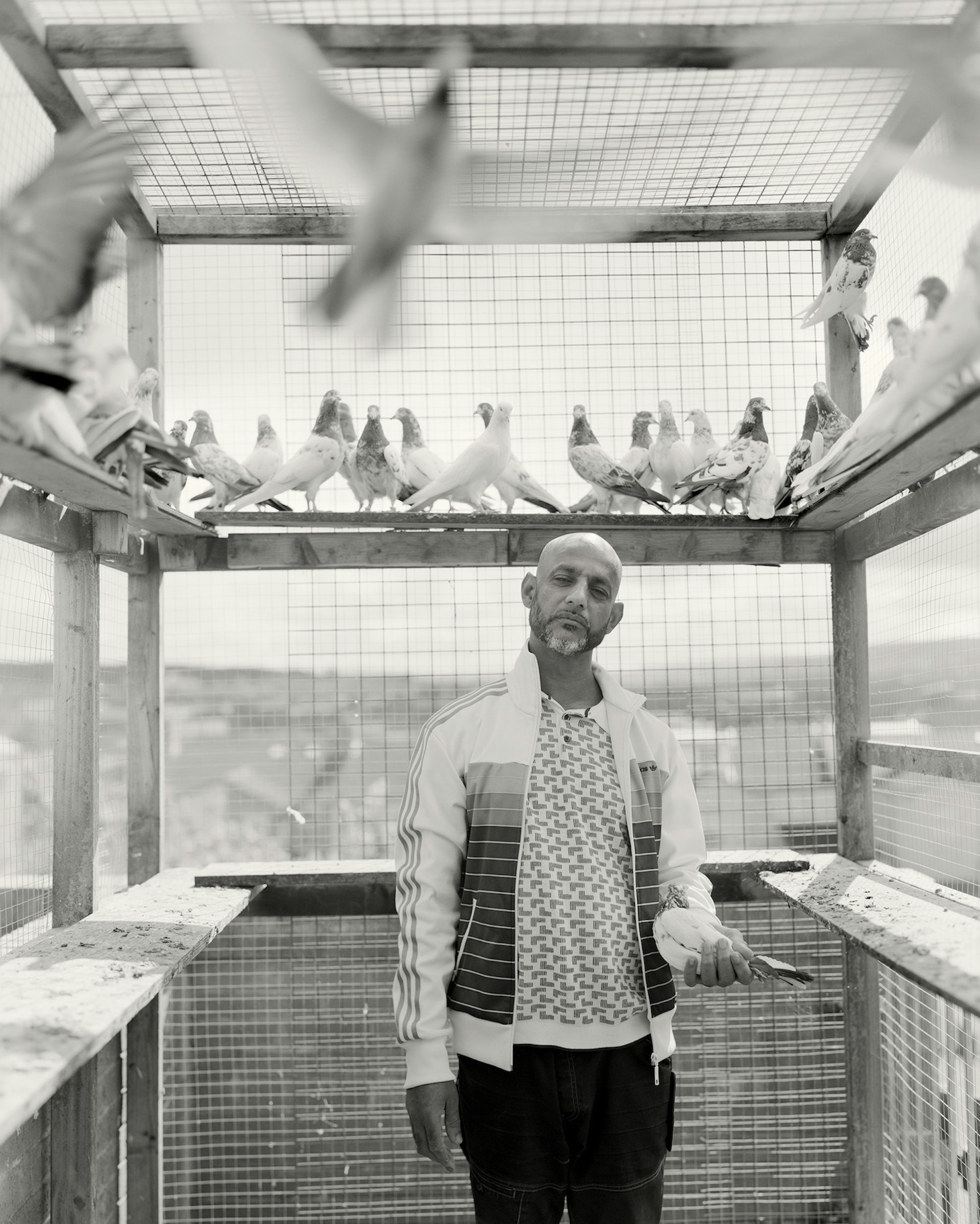
A portrait of a misrepresented community in Blackburn
- Text by Miss Rosen
- Photography by Craig Easton
In 2007, BBC’s Panorama aired “White Fright,” a program that named Blackburn as “the most segregated town in Britain” in the wake of the exodus of white families from the growing local Muslim Asian community.
British documentary photographer Craig Easton, who lives in the region and has worked in Blackburn and the post-industrial heartlands for a long time, recognised the dangerous and divisive impact of such programming. “I have seen at first hand how communities are misrepresented in these simplistic narratives,” he says.

Irfan Ali performs his daily prayers in the aisles of his corner shop during lockdown, Bank Top, 2020
“What I see across Blackburn, and across the country in fact, is not ethnic, cultural or religious groups at loggerheads with each other but people working together in the face of challenging circumstances and economic hardship brought about by failed policy.”
Over a period of 18 months, Easton began documenting the people of Bank Top, a small area of Blackburn home to people from around the globe. His hope was to offer an empowering counternarrative in the tradition of documentary photographers like Dorothea Lange, Gordon Parks, and LaToya Ruby Frazier.
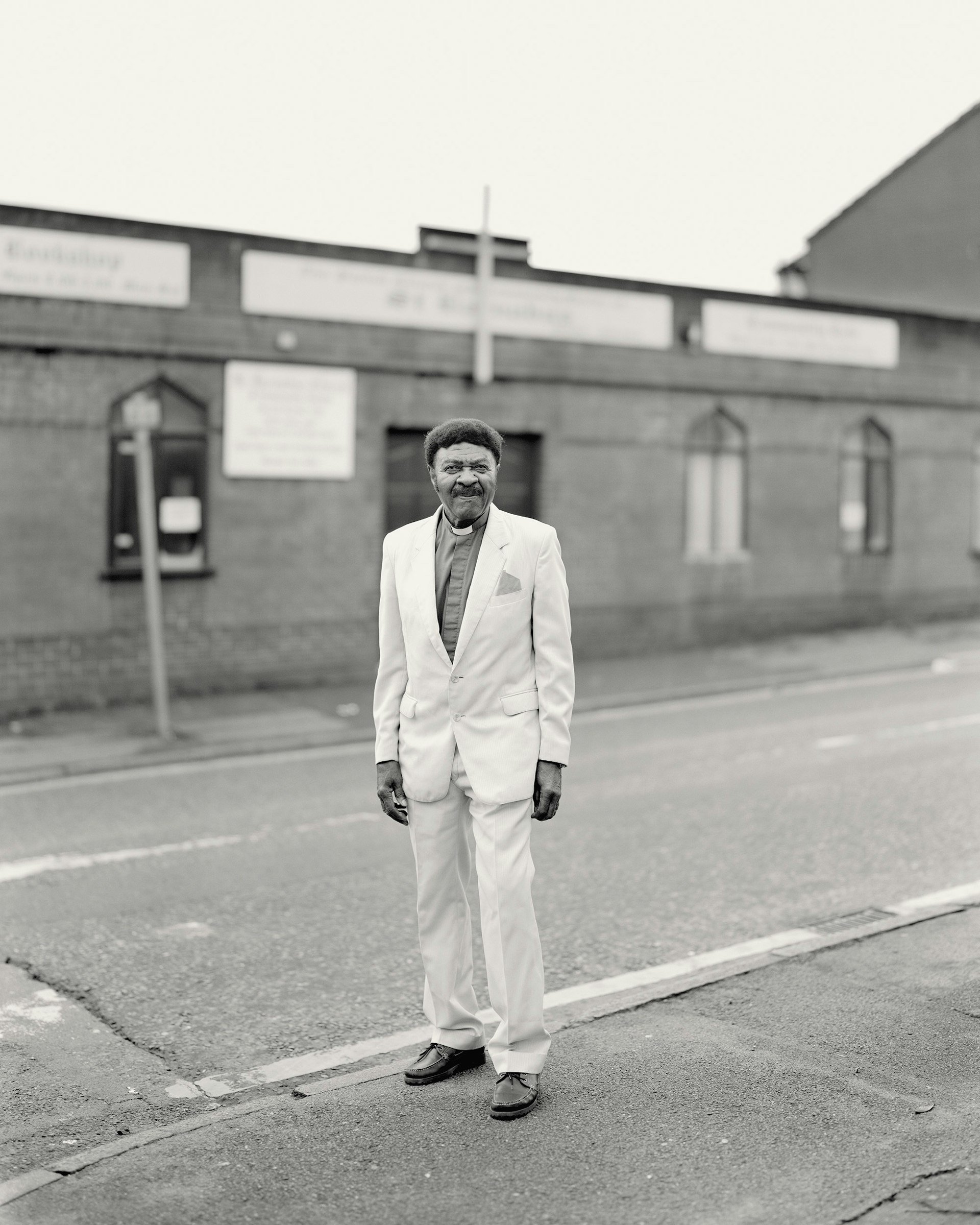
Reverend Herrick Daniel, Bank Top, 2019
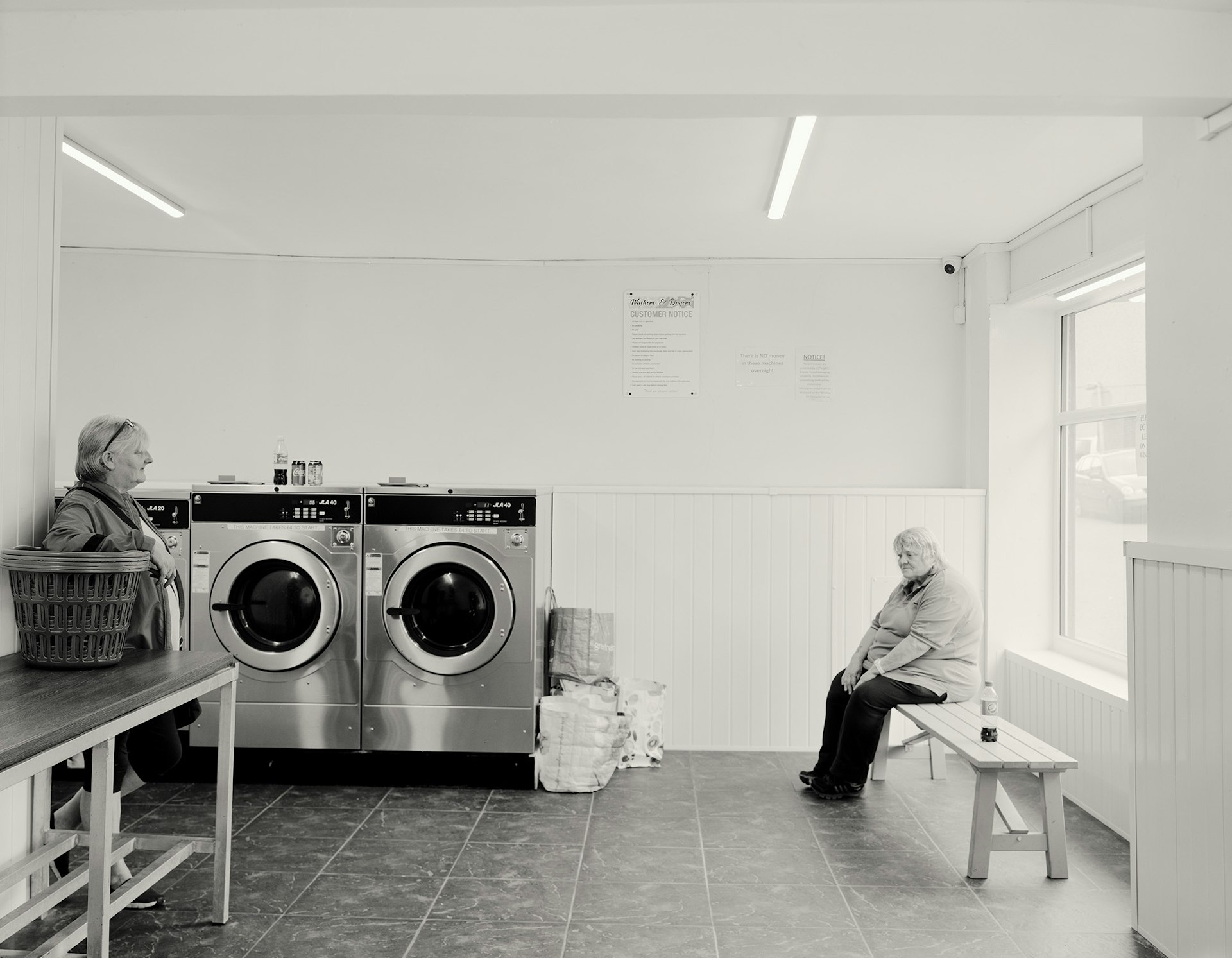
Christine and Sharon, Washers and Dryers Laundrette, Bank Top, 2020
“The Bank Top community – and British society more broadly – is the product of our past: our colonial history and industrial, foreign, and social policies,” says Easton. “It is a place of congregation, not segregation.”
The publication of Easton’s new book, Bank Top (Gost), is an act of solidarity that stems from the photographer’s longstanding commitment to politics and social issues. Easton adopts the philosophy of Paul Strand, who strove to use photography as “an instrument of research into and reporting on the life of my own time”.
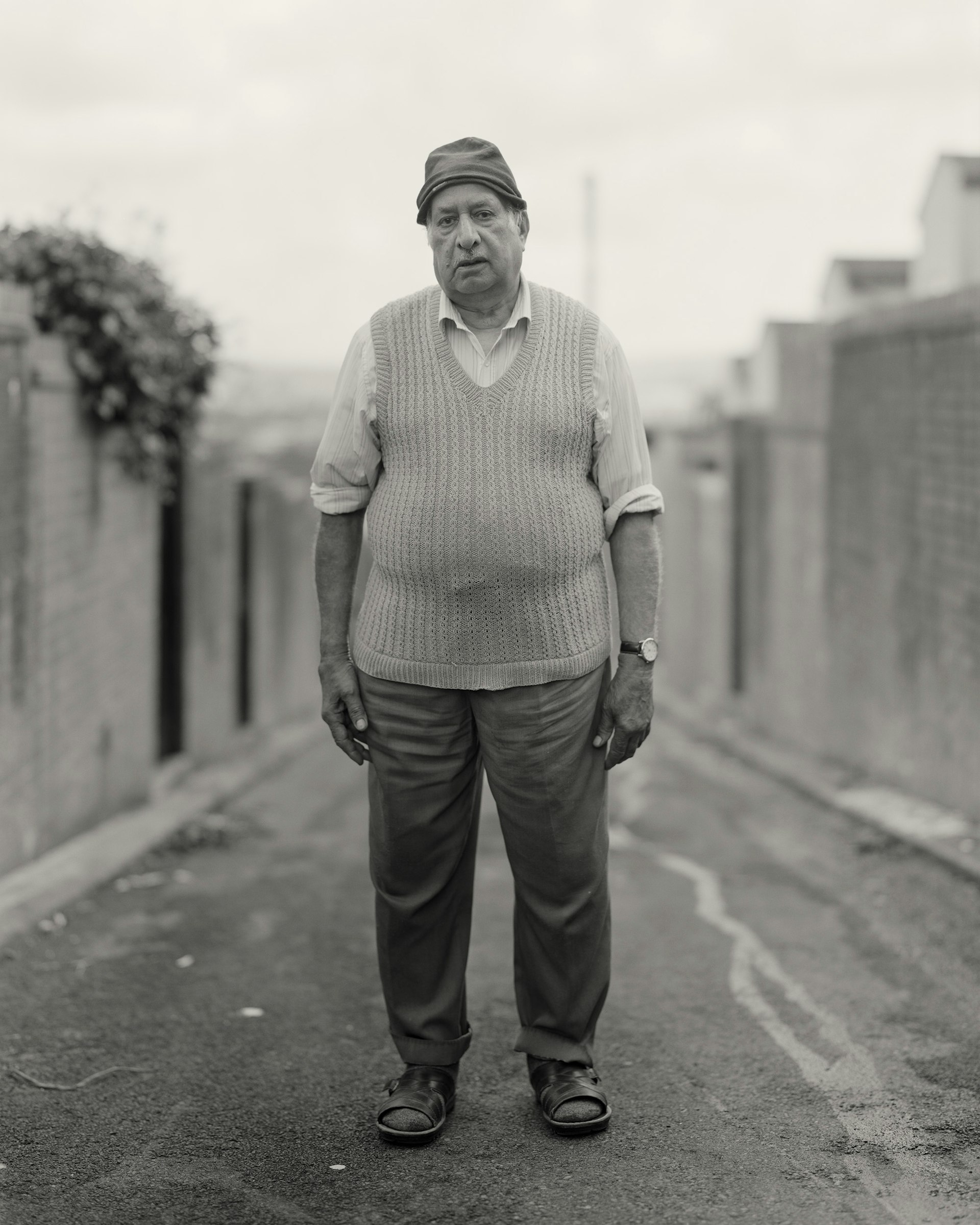
Mohammed Ishaq, Bank Top, 2020
Standing on the street with a large format camera and tripod made Easton highly visible. This became a way to engage with the community as they went about their daily lives. Easton worked slowly and deliberately, getting to know the people of the community by spending time with them and engaging in lengthy conversations that didn’t necessarily result in the immediate creation of a portrait.
“I felt that was important,” he says. “If I was going to challenge the idea that media presents a superficial view, then I wanted people to know I was there for the long term, not just dipping in for a couple of days and making a few digital pictures to confirm a pre-conceived idea that I brought with me.”

Masood Akram, Bank Top, 2020
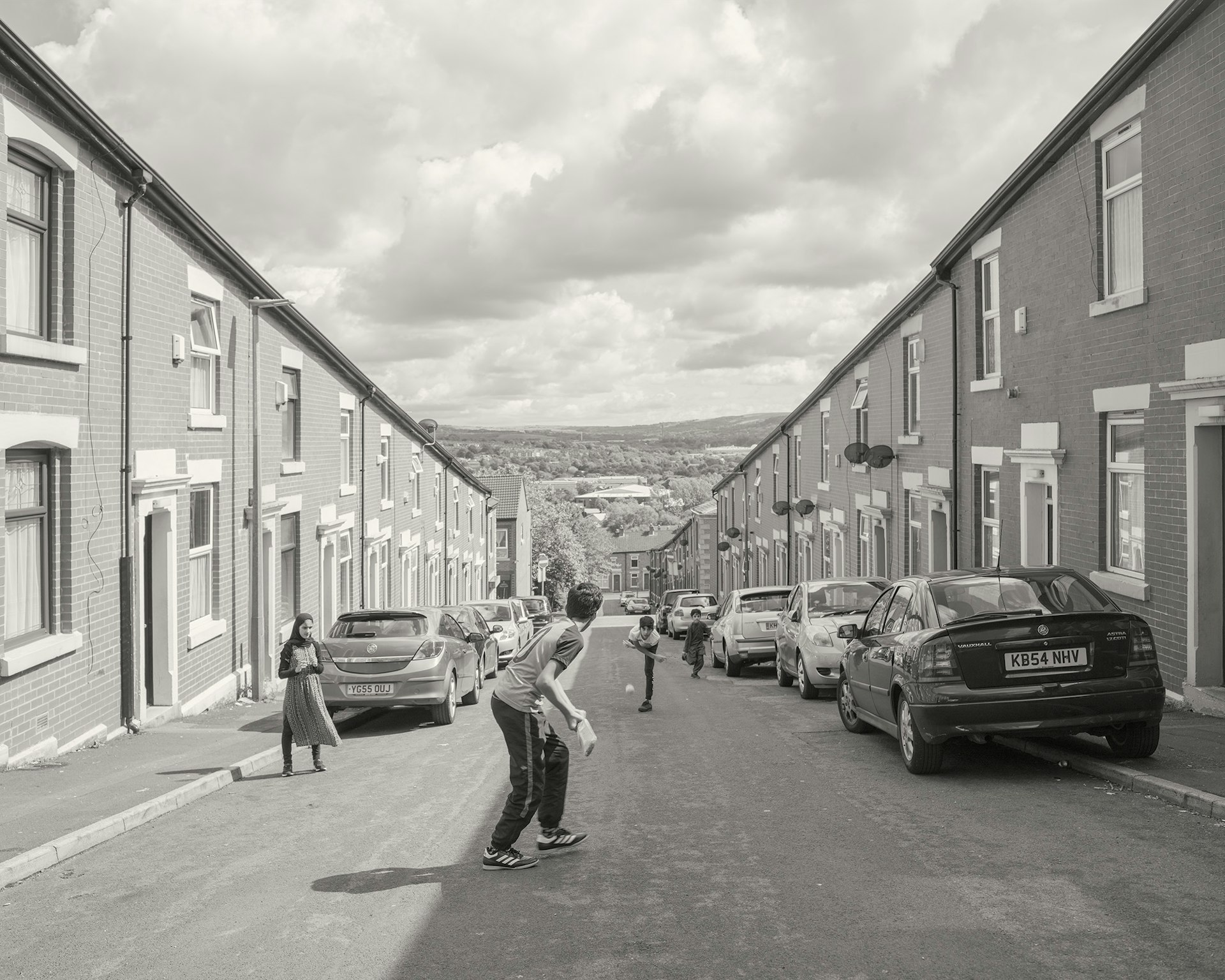
Youngsters emulate their heroes during the England vs Pakistan test series, Bank Top, 2020
With care and consistency, Easton became a familiar face, earning the trust of the people he met. He points to the photograph of Mohammed Afzal with his pigeons, a portrait that took time to make. In the book, writer Abdul Aziz Hafiz draws a connection to the Punjab where pigeon fancying is very popular and also references Charles Dickens, who observed the pleasures of “release and escape from the drab” experienced by the early working classes in 18th century Britain.
“There are layers to the picture that give it an extra meaning for me – and that happens with lots of pictures and people you meet,” Easton says. “When you spend a long time in a place, you get to know people, you get to hear stories.”

Johnson St. Bank Top, 2020
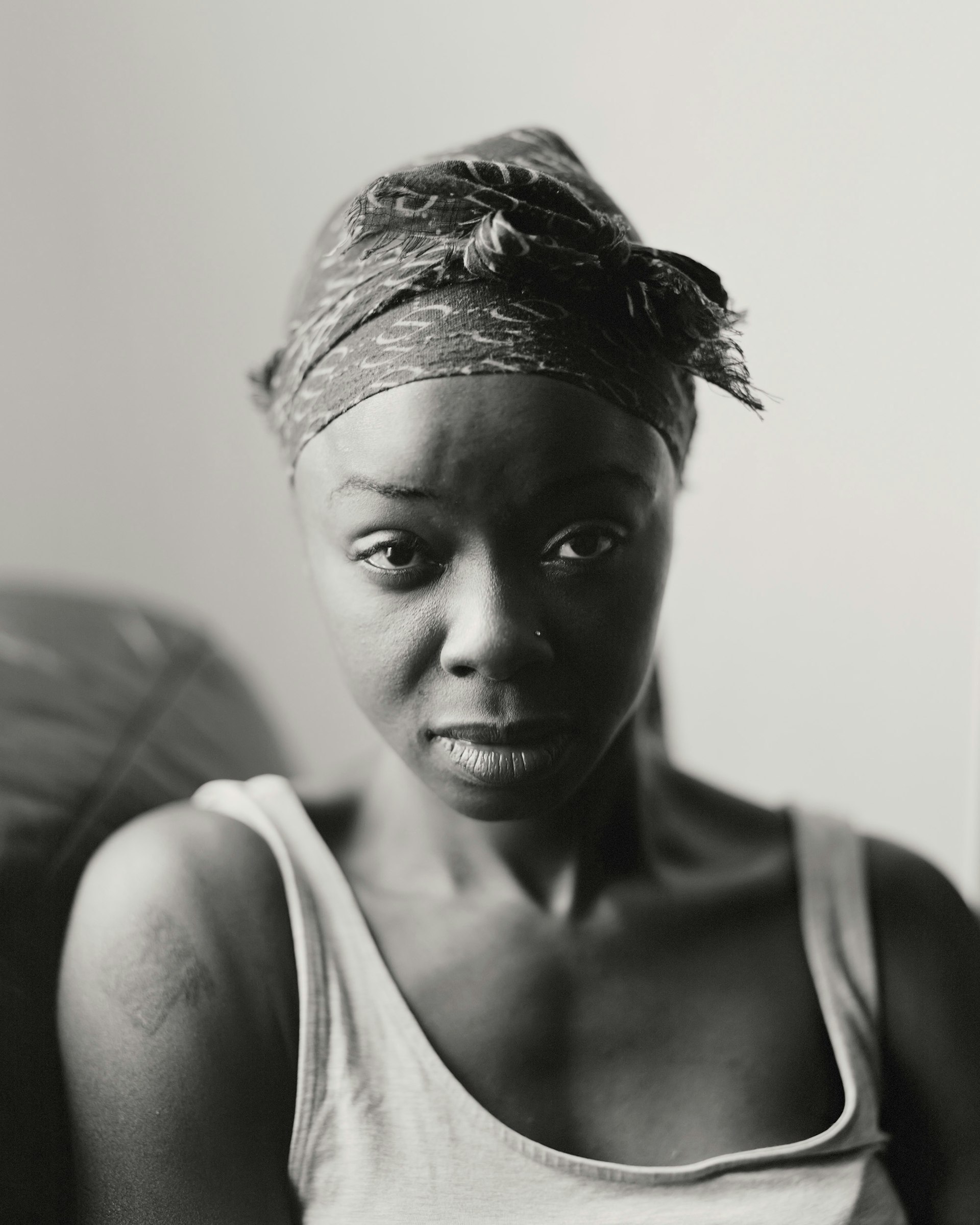
Carol Imasiku, Bank Top, 2019
Bank Top is out now on Gost Books.
Enjoyed this article? Like Huck on Facebook or follow us on Twitter.
